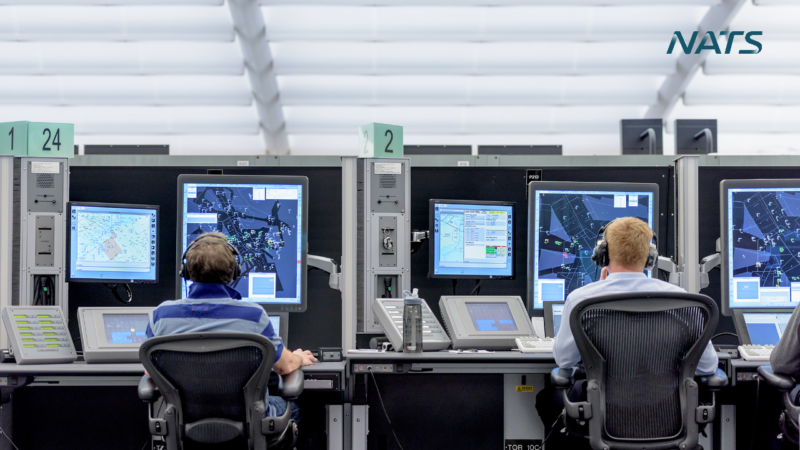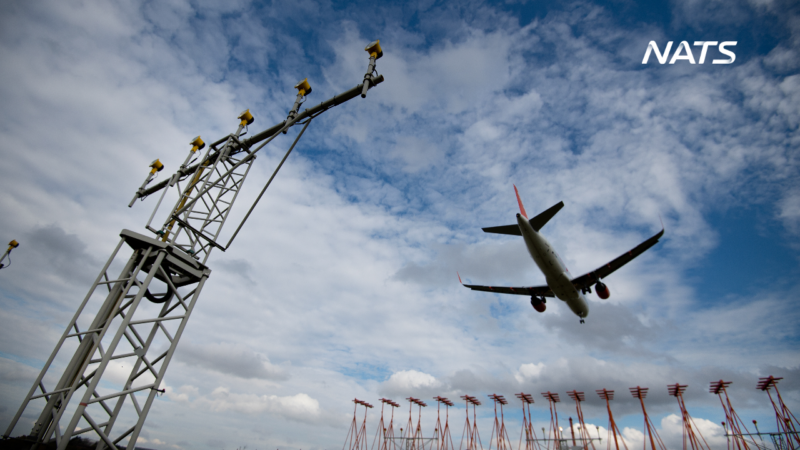Building UK airspace back better after covid-19
22 July 2021By 2030, the aviation industry is targeting an overall reduction of at least 15% in net CO2 emissions relative to 2019, and a 40% net reduction by 2040.
These interim targets were set out last month by Sustainable Aviation, the coalition of leading UK airlines, airports, aerospace manufacturers air traffic management, as part of their decarbonisation roadmap to net-zero aviation by 2050.
It’s clear that the greatest CO2 savings will be made with advancements in aircraft and engine technology, but innovations such as electric and hybrid aircraft are still many years away, and even sustainable fuels are unlikely to be available this decade on a commercial scale.
Managing our airspace more effectively, and flying more efficiently, can play a crucial role in the much nearer term.
Despite the challenges caused by the pandemic, NATS is continuing with plans to modernise higher-level airspace. While we’ve had to rethink and reschedule some of our plans, we’ve also wanted to take advantage of the lower levels of traffic to make some incremental changes that aren’t always possible when it’s really busy.
In February, we delivered a small set of changes to provide shorter flight planning options to our customers to reduce emissions and fuel burn. This was the first step in a series of changes that we can fast track and implement quickly, with further changes planned for September.
More fundamentally, later this year we will make our biggest domestic airspace change, with the deployment of Free Route Airspace (FRA) above 25,000ft over Scotland, Northern Ireland and a small portion of northern England. Following approval by the Civil Aviation Authority, the change will see the removal of all upper air routes in approximately one third of UK airspace. FRA makes best use of the flight deck technology, allowing aircraft to fly where they prefer rather than using established routes, reducing flight time, fuel burn and emissions. It is the first of three deployments of FRA across UK airspace through to 2026, with subsequent deployments being planned.
Alongside that, we are seeking to modernise the airspace above 7,000ft in the West of the UK, which encompasses some of the busiest higher level air intersections for international flights. Proposals will go to consultation later this year, along with proposals for the next deployment of FRA in the upper airspace in the same region. Our changes will simplify the airspace and make it easier for today’s aircraft to fly more direct routes, with quicker climb to energy-efficient cruising altitudes and later descent to help reduce emissions. It will provide a template for modernising the rest of UK airspace.
While the network airspace above 7,000ft is our main focus, to realise the full benefits of airspace modernisation we are also working with airports and other stakeholders to modernise low-level routes through a coordinated masterplan that will future-proof our skies and play a crucial role in helping to achieve net zero.
Comments
Please respect our commenting policy and guidelines when posting on this website.



